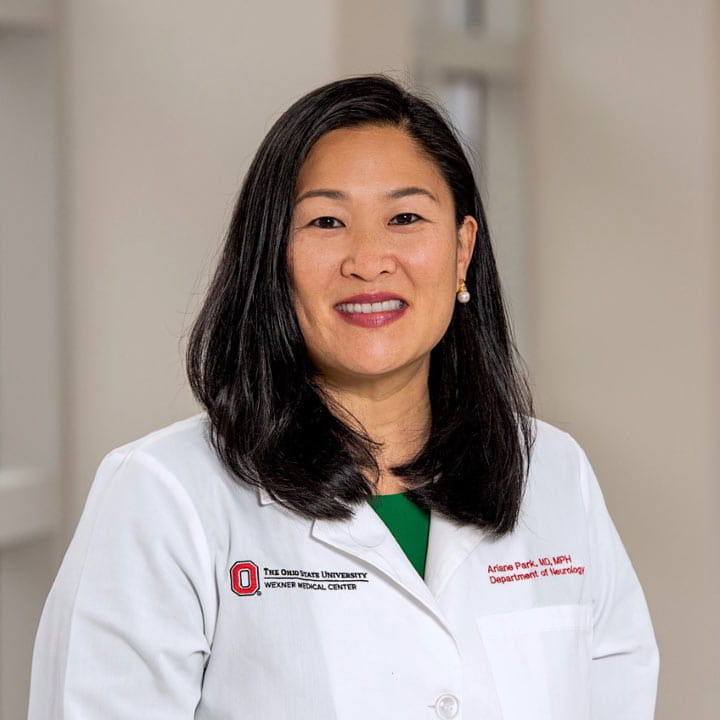
Ariane Park, MD, MPH
- Co-Director, Center for Parkinson’s Disease and Other Movement Disorders
 About the Division
About the DivisionThe Division of Parkinson’s Disease (PD) and Other Movement Disorders and The Ohio State University Wexner Medical Center bring together a complete and multidisciplinary academic health care team to help individuals and their families affected by PD and other movement disorders.
The division cooperates with local physicians, area hospitals and therapy groups to provide comprehensive patient care and access to a variety of resources. We’re committed to linking medical, surgical, educational, rehabilitative and social services to treat:
We’re deeply involved with broad scientific and clinical research programs that seek to understand the causes of PD and other movement disorders, identify biomarkers associated with distinct neurodegenerative pathways and advance research toward a cure. We participate in the most innovative clinical trials and offer access to the latest investigational treatments.
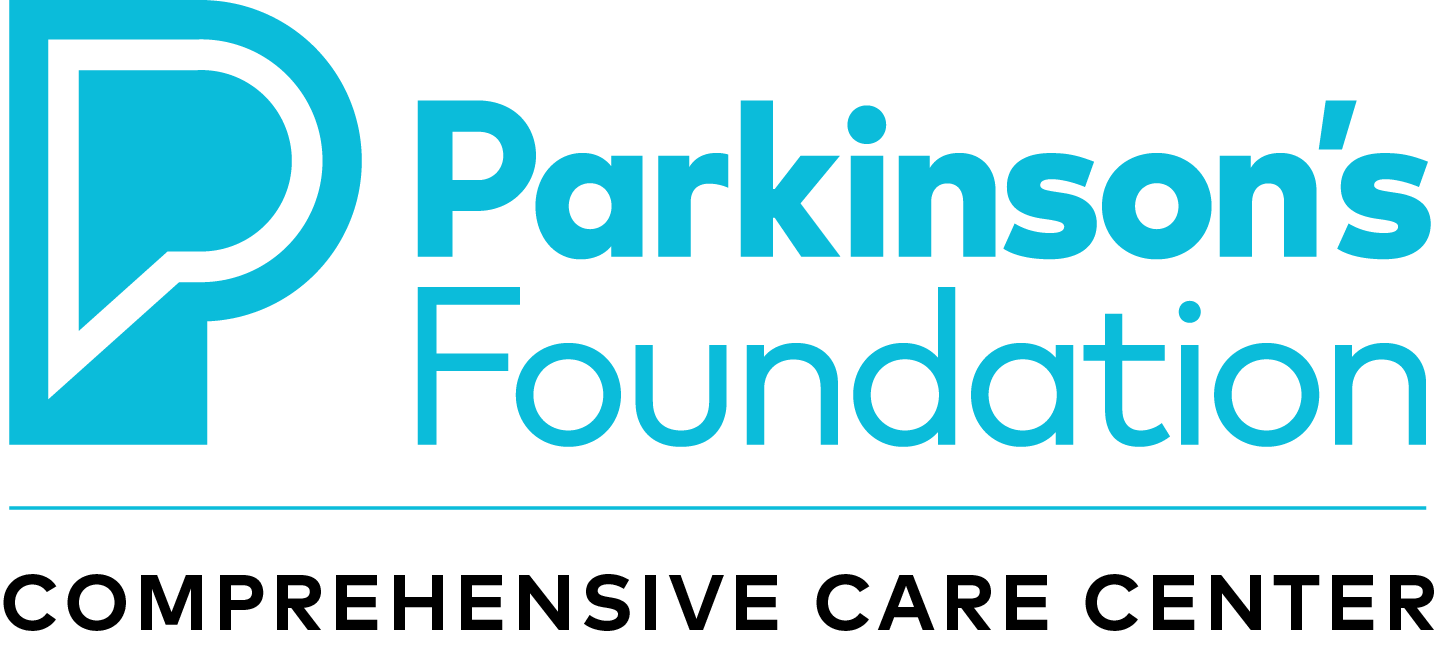
The Center for Parkinson's Disease and Other Movement Disorders was designated a Center of Excellence for Parkinson’s disease by the Parkinson’s Foundation, which recognizes health care facilities that provide exceptional care to those with Parkinson’s disease.
We’re committed to providing patients with PD and other movement disorders with excellent care, while working to find treatments and novel approaches to mitigate their symptoms. Our ultimate goal is to find a cure for PD and other movement disorders.
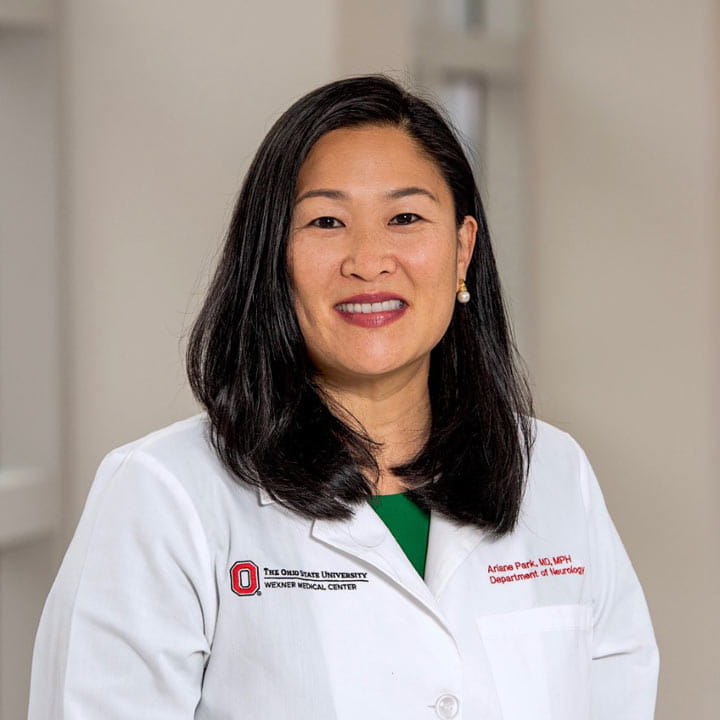
The Parkinson’s Disease and Other Movement Disorders Division provides advanced clinical resources and research opportunities that benefit from rich department collaborations with functional neurosurgery, genetic counseling, neuropsychiatry and physical, occupational and speech therapies. We offer a cooperative atmosphere and nurturing environment that promotes innovation and excellence in patient care, education and clinical research — the three fundamental pillars of academic medicine.
The Department of Neurology at the Ohio State University has a long history of a dedicated commitment to education. We have world-class faculty and staff, state-of-the-art amenities, and novel technologies, all of which enables trainees to gain experience in the management of complex pathologies and apply innovative and high-quality medical care for a diverse patient population. Learn more about our residency and fellowship programs.

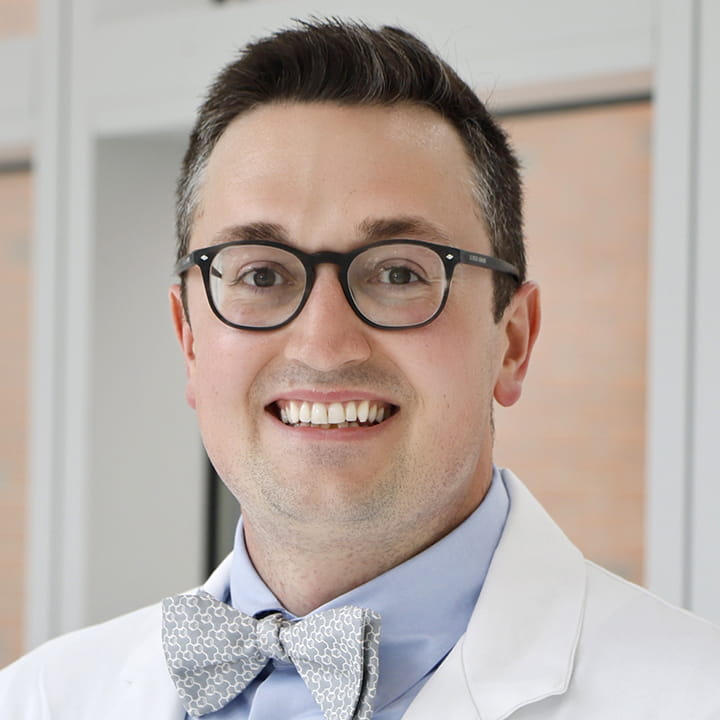
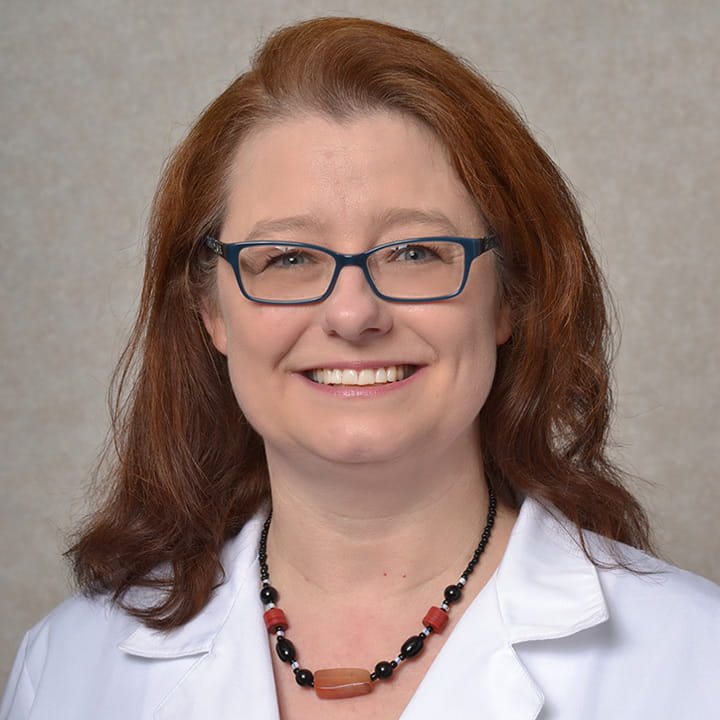
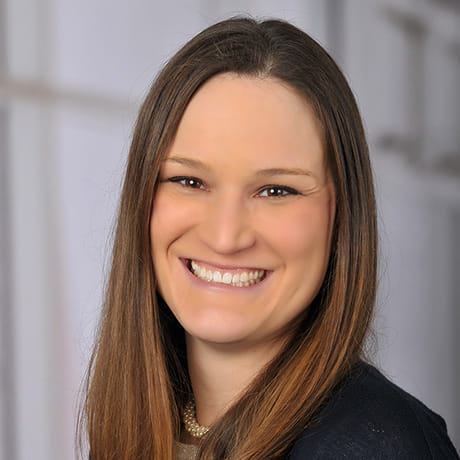
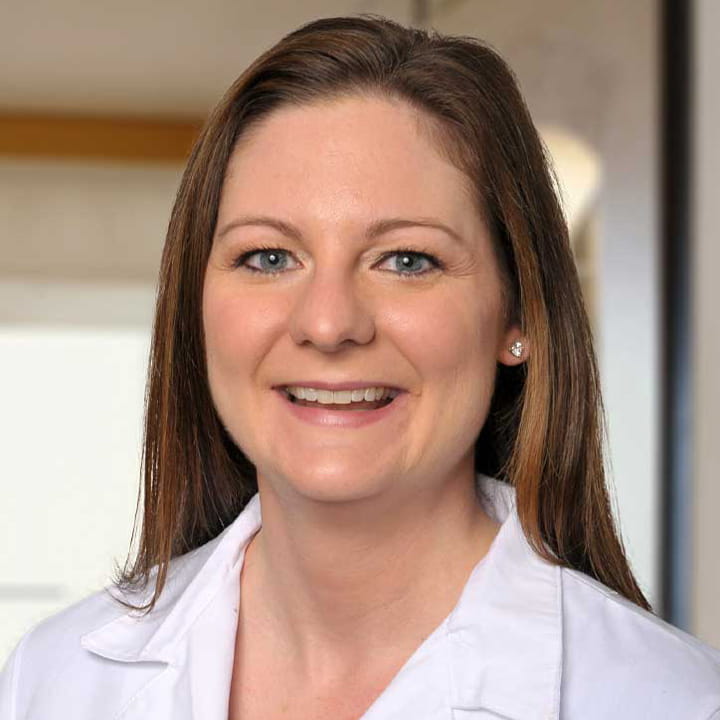


Our research program is focused on understanding key pathogenetic mechanisms and advancing the treatment of PD and other movement disorders, looking closely at motor symptoms (e.g., tremor, rigidity, gait impairment, abnormal movements) and non-motor complications (e.g., orthostatic hypotension, sleep disorders, cognitive impairment, autonomic dysfunction) frequently associated with these conditions.